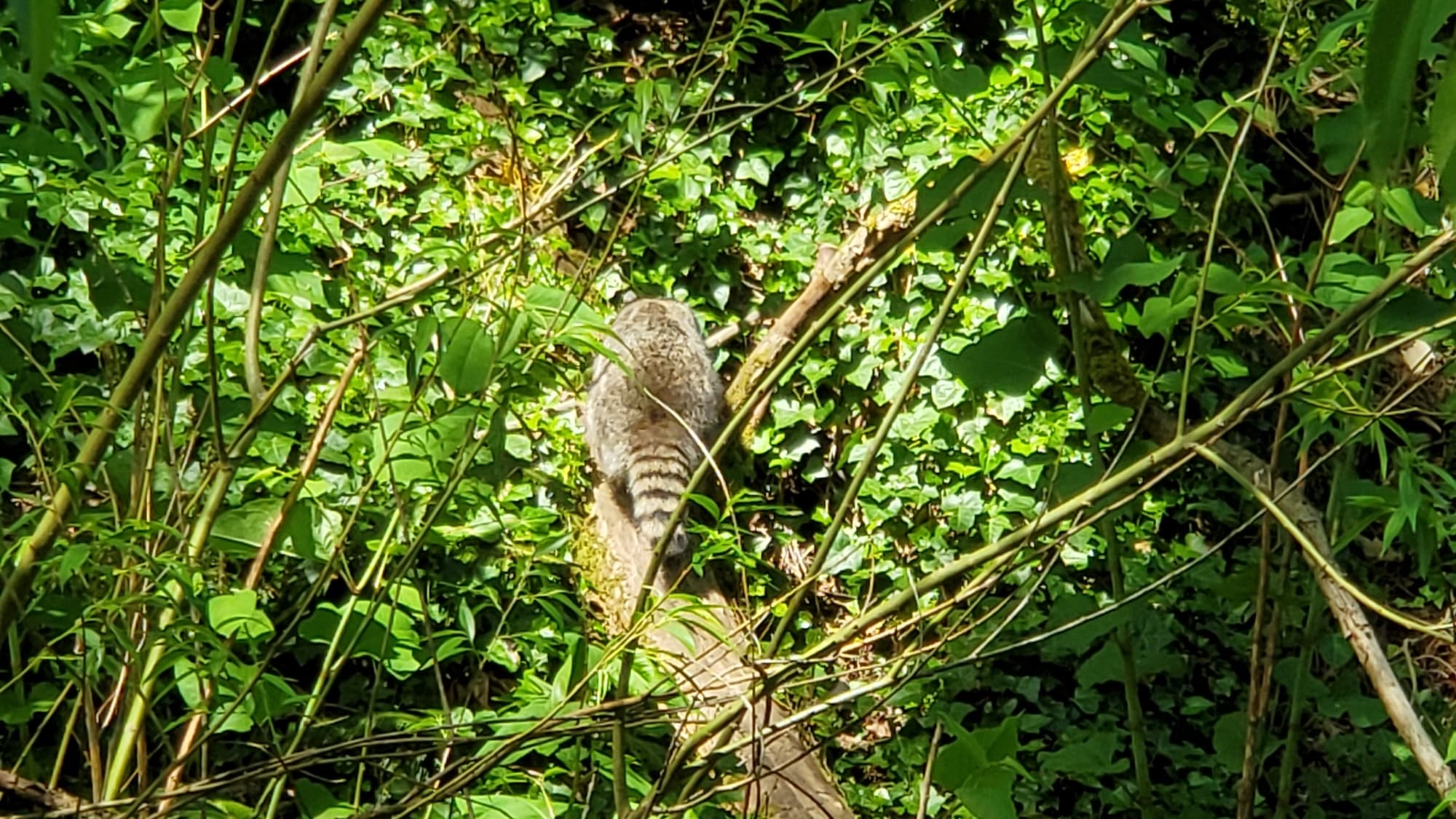Mugwort Removal — Brush
Homeowner’s Issue
Mugwort shows up in Brush because it loves disturbed, compacted soils and spots with intermittent sun and moisture. Many yards here face winter saturation from seasonal rains and summer dry spells, which encourages shallow-rooted invasives to spread along driveways, fence lines, and slopes. Sloped lots often channel water and seed — that means mugwort rhizomes can move downslope and reappear in mulched beds or lawn edges. Curb appeal takes a hit quickly: dense mugwort patches outcompete ornamentals, create uneven ground, and can violate HOA tidy‑yard standards in visible lots. Typical local problems include stubborn root networks, moss in shaded, damp corners, and ivy or grass filling bare patches after removal. Homeowners around the town park and river trail often notice regrowth near paths and drainage swales where soil gets churned by runoff. The goal for Brush yards is simple: remove roots, stabilize soil, and choose low‑maintenance covers that handle both wet winters and sunny, dry summers without using chemical herbicides.
Our Quality Service
We remove mugwort the old‑school, sustainable way — no herbicides, just muscle, strategy, and good soil work. Our crew assesses drainage and slope, digs and pulls rhizomes, and restores the area with mulch or native groundcovers where appropriate. We pay attention to access, curb visibility, and HOA expectations so results last longer and keep your yard safe for kids and pets. Benefits include safer walkways, better curb appeal, reduced recurring maintenance, and improved drainage on slopes and low spots.
What’s Included
- Site inspection and assessment of infestation and drainage.
- Manual digging and root/rhizome removal to minimize regrowth.
- Clean-up and haul-away of debris (or green‑bin option).
- Light soil loosening and starter mulch application.
- Recommendations for follow-up care and planting.
Options/upgrades: - Heavy mulch + landscape fabric for high‑pressure areas.
- Organic weed‑suppression matting or solarization.
- Soil amendments and planting of native, low‑maintenance species.
- Haul‑away versus green‑bin drop‑off.
Before & After / Expectations
Expect some noise, digging, and short‑term disruption on service day. We’ll need clear access to the infested areas and a spot to stage tools and debris. After removal, surfaces may look bare for a few weeks while you choose cover options. Immediate care tips for Brush yards:
- Water new plantings lightly during dry spells; avoid overwatering in wet season.
- Keep mulch depth at 2–3 inches to suppress regrowth.
- Inspect slopes and drainage swales after heavy rains and reapply mulch where needed.
- Pull any small regrowth early — it’s easier to stop then.
FAQs
- How long does a typical job take? Small yards can be done in a few hours; larger infestations may take a day or two with follow-up visits recommended.
- Do you use chemicals? No — we use manual removal, mulches, fabric, and organic options only.
- Will mugwort come back? It can if roots are missed; our method reduces recurrence and we offer follow-up checks.
- Do you follow HOA rules? Yes — we work to meet visible‑yard standards and can coordinate with homeowners on preferred outcomes.
Call to Action
If you’re in Brush and ready to get mugwort under control, book a free estimate with us. We schedule quickly, work reliably, and focus on sustainable fixes that fit local conditions around the park and river trail. Email neatandtidyseattle@gmail.com to get started or to send photos for a fast quote. Licensed • Bonded • Insured — 206-538-9344 Mon–Sun: 9am–6pm










